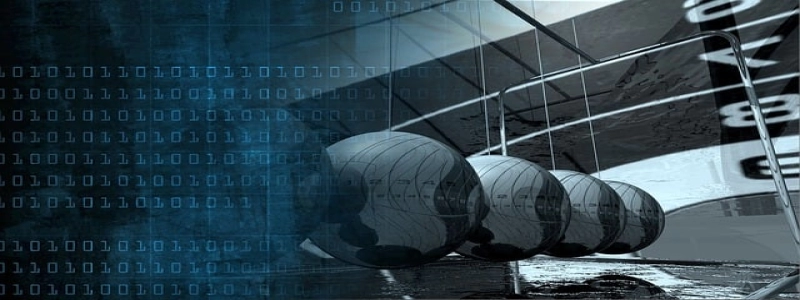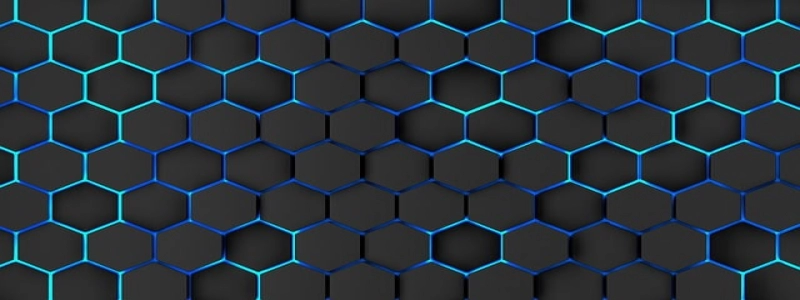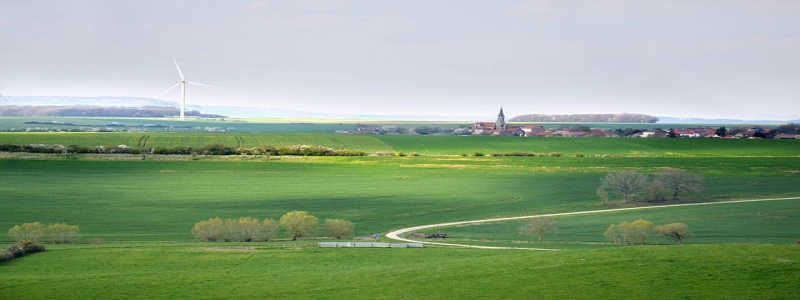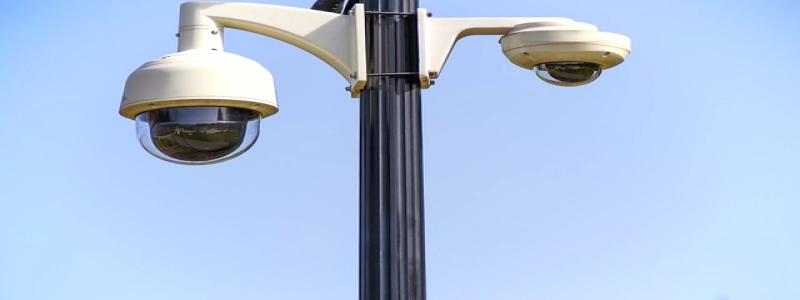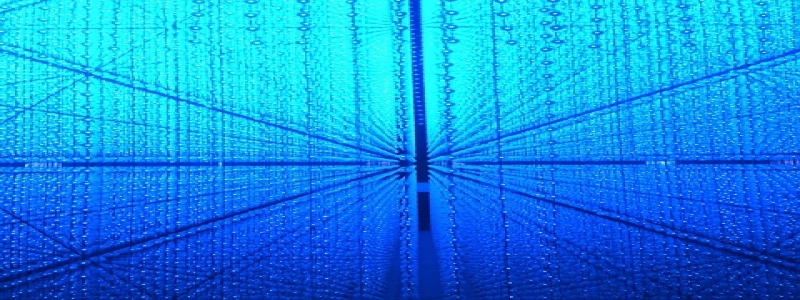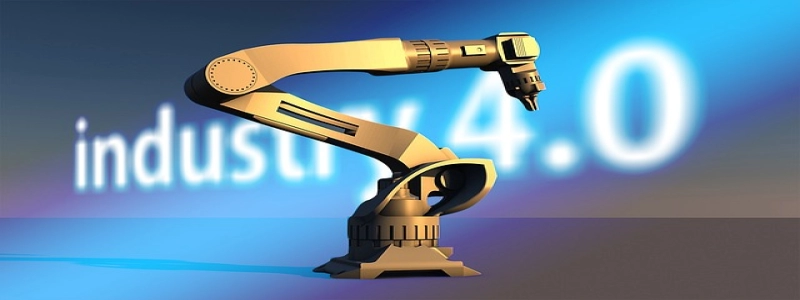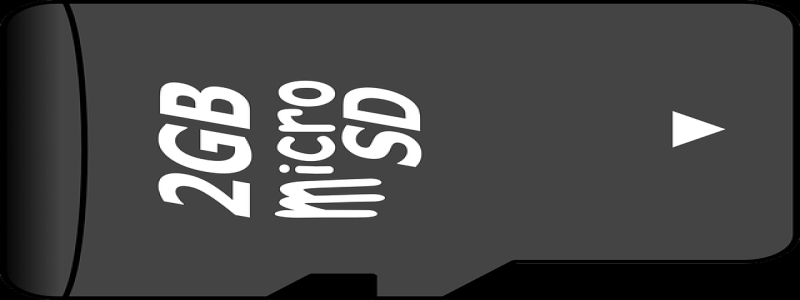Fiber Optic Cable Components
Introduktion:
Fiber optic cables are widely used for transmitting data and telecommunications signals over long distances. They consist of several components that work together to ensure efficient and reliable data transmission. This article will provide a detailed explanation of the various components of fiber optic cables.
1. Core:
The core is the innermost part of a fiber optic cable where the light signals travel. It is made of high-quality glass or plastic, known as optical fiber. The core is designed to allow the light signals to travel through it with minimal loss.
2. Cladding:
The core is surrounded by a layer called cladding. It is made of a different material than the core, which has a lower refractive index. This difference in refractive index helps to keep the light signals within the core by reflecting them back inward.
3. Buffer:
The buffer is a protective layer that surrounds the cladding. It is made of materials like plastic or silicone, which provide insulation and mechanical protection to the core and cladding. The buffer ensures that the delicate core and cladding are not damaged during installation or handling.
4. Strength Members:
Strength members are used to provide mechanical support to the fiber optic cable. They are typically made of aramid fibers or fiberglass rods, which are embedded within the cable’s outer jacket. These strength members help to protect the cable from stretching and provide stability during installation.
5. Jacket:
The outermost layer of a fiber optic cable is called the jacket or sheath. It is made of a durable material such as PVC or LSZH (Low Smoke Zero Halogen). The jacket protects the inner components from moisture, chemicals, and physical damage. It also provides additional mechanical strength to the cable.
6. Kontakter:
Connectors are essential components that allow fiber optic cables to connect with other devices or cables. They provide a means for accurately aligning and joining the fibers to ensure efficient signal transmission. Common types of connectors include SC (Standard Connector), LC (Lucent Connector), and ST (Straight Tip) kontakter.
7. Splice Closures:
Splice closures are used to protect and join two or more fiber optic cables together. They provide a safe and secure environment for splicing or connecting the individual fibers inside the cables. Splice closures are designed to withstand harsh weather conditions, environmental factors, and mechanical stress.
Slutsats:
Fiber optic cables consist of various components that work together to enable fast and reliable data transmission. Understanding the different components such as the core, cladding, buffer, strength members, jacket, kontakter, and splice closures helps in the proper installation, maintenance, and troubleshooting of these cables. By ensuring the integrity and functionality of each component, fiber optic cables can continue to be a crucial technology in our interconnected world.
